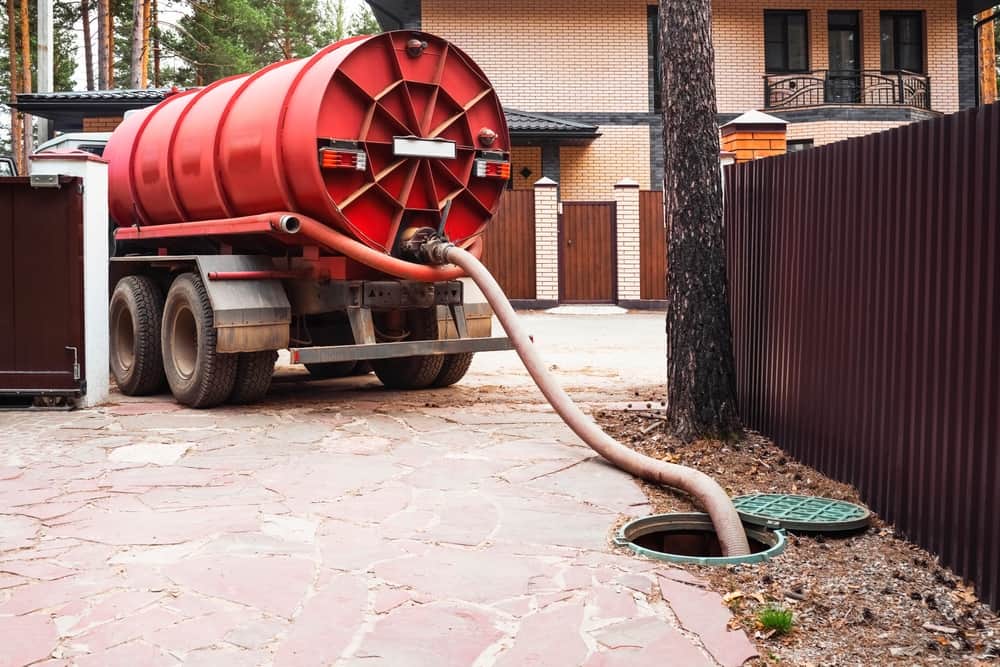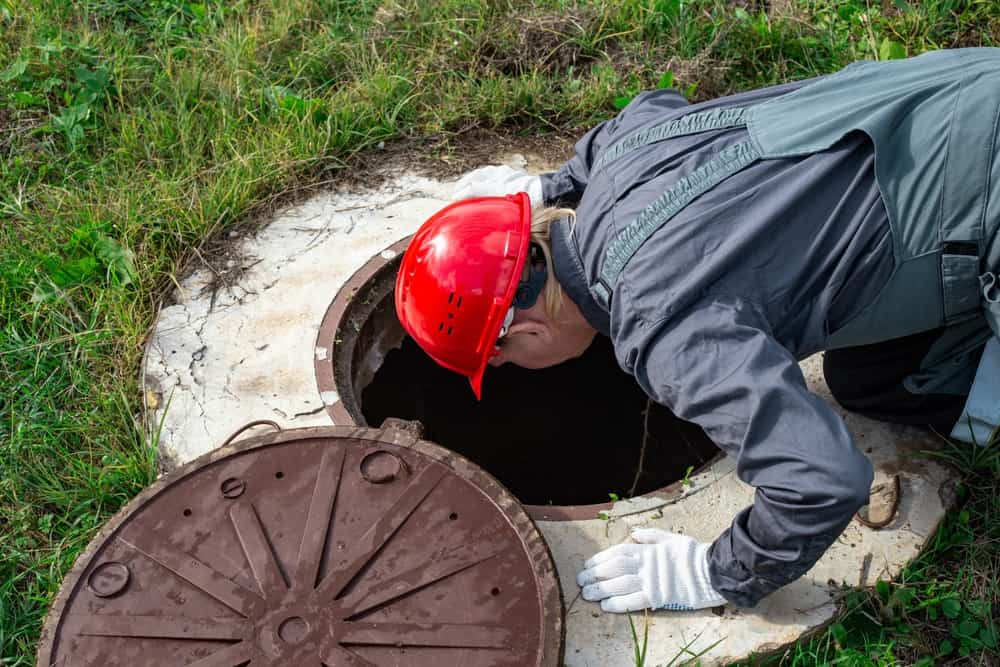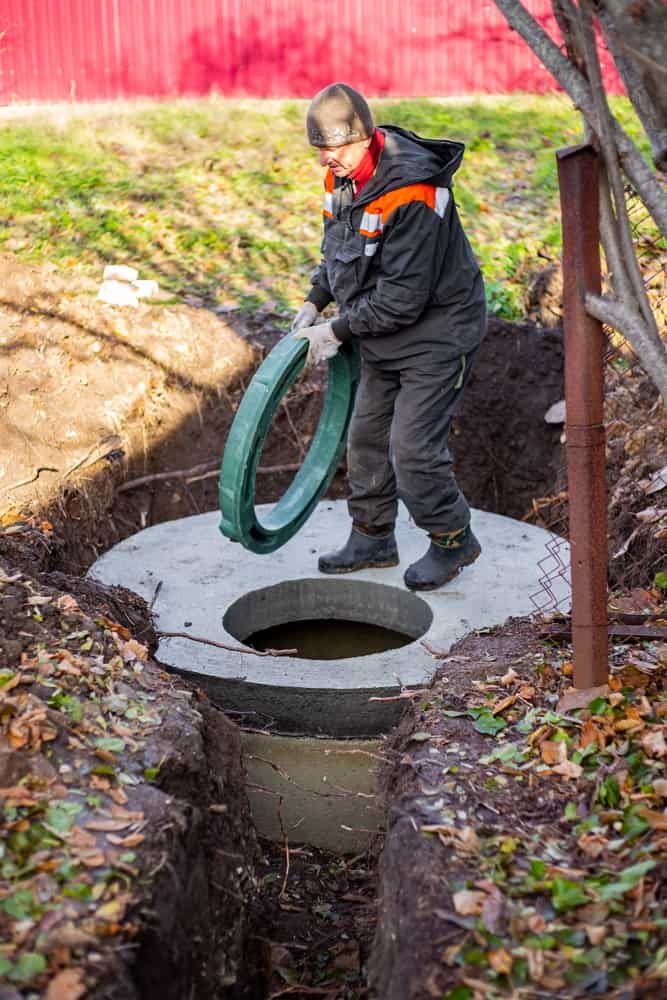What our clients say




Septic Tank Installation and Repair in Riverhead, NY
Why EZ Cesspool is Riverhead’s Top Choice for Septic Tank Solutions
In the heart of Suffolk County, nestled within Riverhead, NY, residents and businesses have one name on their minds for septic tank services – EZ Cesspool. With a rich history in providing top-notch septic tank installation and repairs in Riverhead, NY, our reputation speaks volumes. Every day, we strive to maintain our standards, ensuring that our customers in Suffolk County receive only the best.
With over a decade of experience under our belt, EZ Cesspool has gained the trust and respect of many homeowners and businesses in Riverhead, NY. Our team understands the importance of a functioning septic system, and we pride ourselves on our quick response, expertise, and customer-centric approach. If you’re in Riverhead, NY and need septic tank services, give 516-676-1199 a call. We’re here to assist!


Septic Tank Services Offered by EZ Cesspool
At EZ Cesspool, we believe in offering a holistic range of septic services to cater to every need. Located in Riverhead, NY, and serving the wider Suffolk County region, we cover everything from the installation of new septic tanks to regular maintenance and emergency repairs.
Our comprehensive septic services include:
- Installation: Installing a septic tank is a significant investment. At EZ Cesspool, we ensure that your tank is set up correctly, meeting all Suffolk County regulations and ensuring long-lasting functionality.
- Maintenance: Regular maintenance is crucial to prevent blockages and other issues. Our team in Riverhead, NY provides periodic check-ups to ensure your septic system runs smoothly.
- Repairs: Facing issues with your septic tank? Don’t worry! Dial 516-676-1199. With our rapid response team, we guarantee to address and rectify any septic tank problems in no time.
Choosing EZ Cesspool means you’re not just selecting a service provider; you’re choosing a partner dedicated to ensuring your septic system remains in perfect shape.

Benefits of Partnering with EZ Cesspool for Septic Services in Suffolk County
What makes EZ Cesspool stand out in Suffolk County’s crowded septic service market?
- Expertise: With years of experience serving Riverhead, NY, our team boasts deep knowledge of septic systems. This expertise ensures that every job, be it installation or repair, meets the highest standards of quality and safety.
- Timely Service: We understand the inconvenience of a malfunctioning septic system. That’s why our teams in Riverhead, NY are always ready to respond quickly, ensuring minimal disruption to your daily life.
- Affordable Rates: Quality doesn’t always have to come at a high cost. At EZ Cesspool, we pride ourselves on offering premium septic services at competitive rates, ensuring that everyone in Suffolk County can afford the best.
- Customer Satisfaction: At the heart of our business is you, the customer. Every step we take, from the first call to the final inspection, aims at ensuring you’re satisfied with our service.
For those in Riverhead, NY, the choice is clear. When it comes to septic tank installation and repair, EZ Cesspool is the trusted name. Join the growing list of satisfied customers in Suffolk County and give us a call today!
Contact Us
Riverhead is a town within Suffolk County, New York, United States, on the north shore of Long Island. Since 1727, Riverhead has been the county seat of Suffolk County, though most county offices are in Hauppauge. As of the 2020 census, the population was 35,902. The town rests on the mouth of the Peconic River, from which it derives its name. The smaller hamlet of Riverhead lies within it, and is the town’s principal economic center. The town is 166 miles (267 km) southwest of Boston via the Orient Point-New London Ferry, and is 76 miles (123 km) northeast of New York City.
Useful links for Riverhead, NY
Call Us Today!!
EZ CESSPOOL
We’re Available 24/7 For Emergencies – Ranked #1 Best Service – Residential & Commercial Cesspool Inspections
